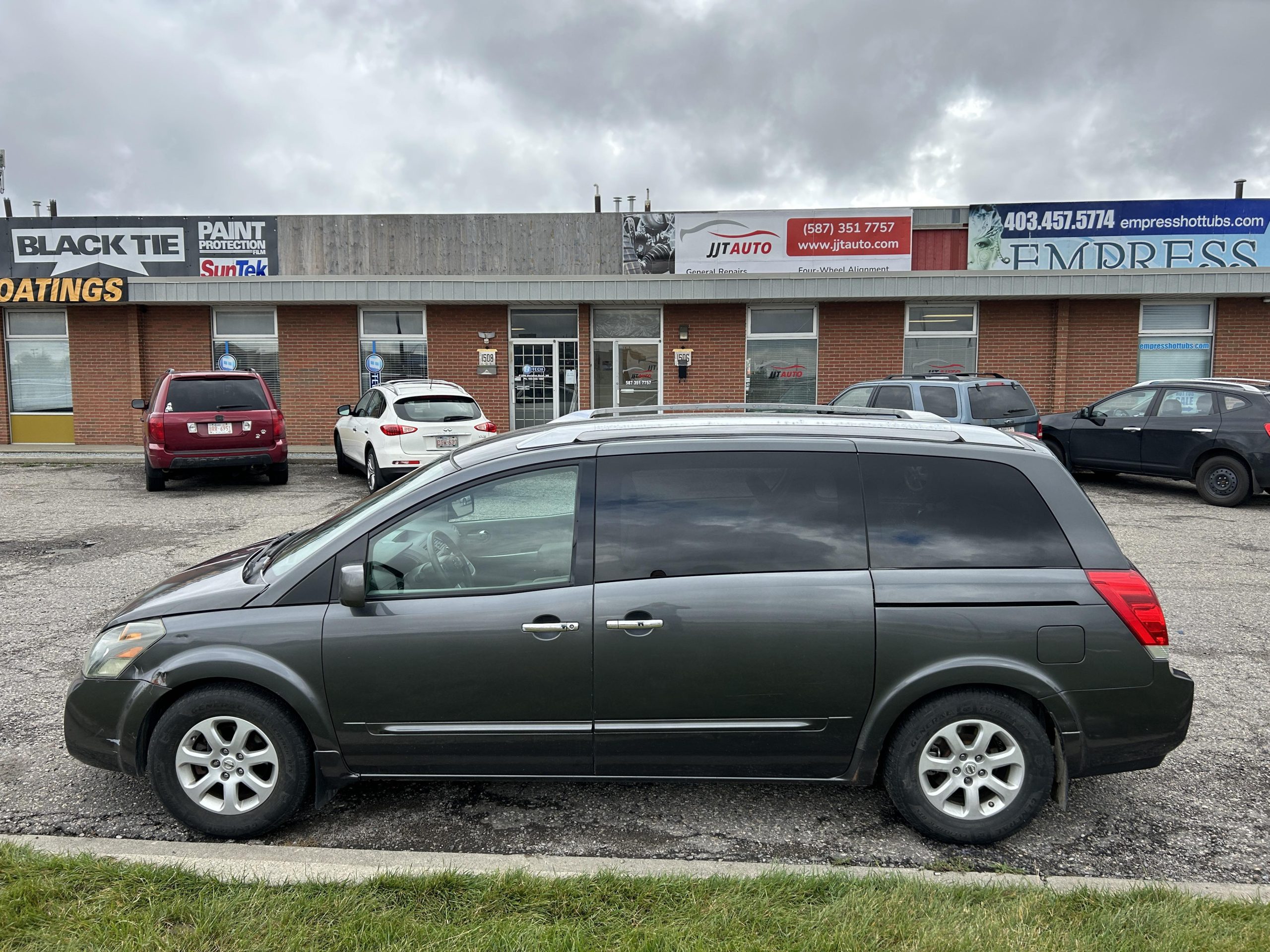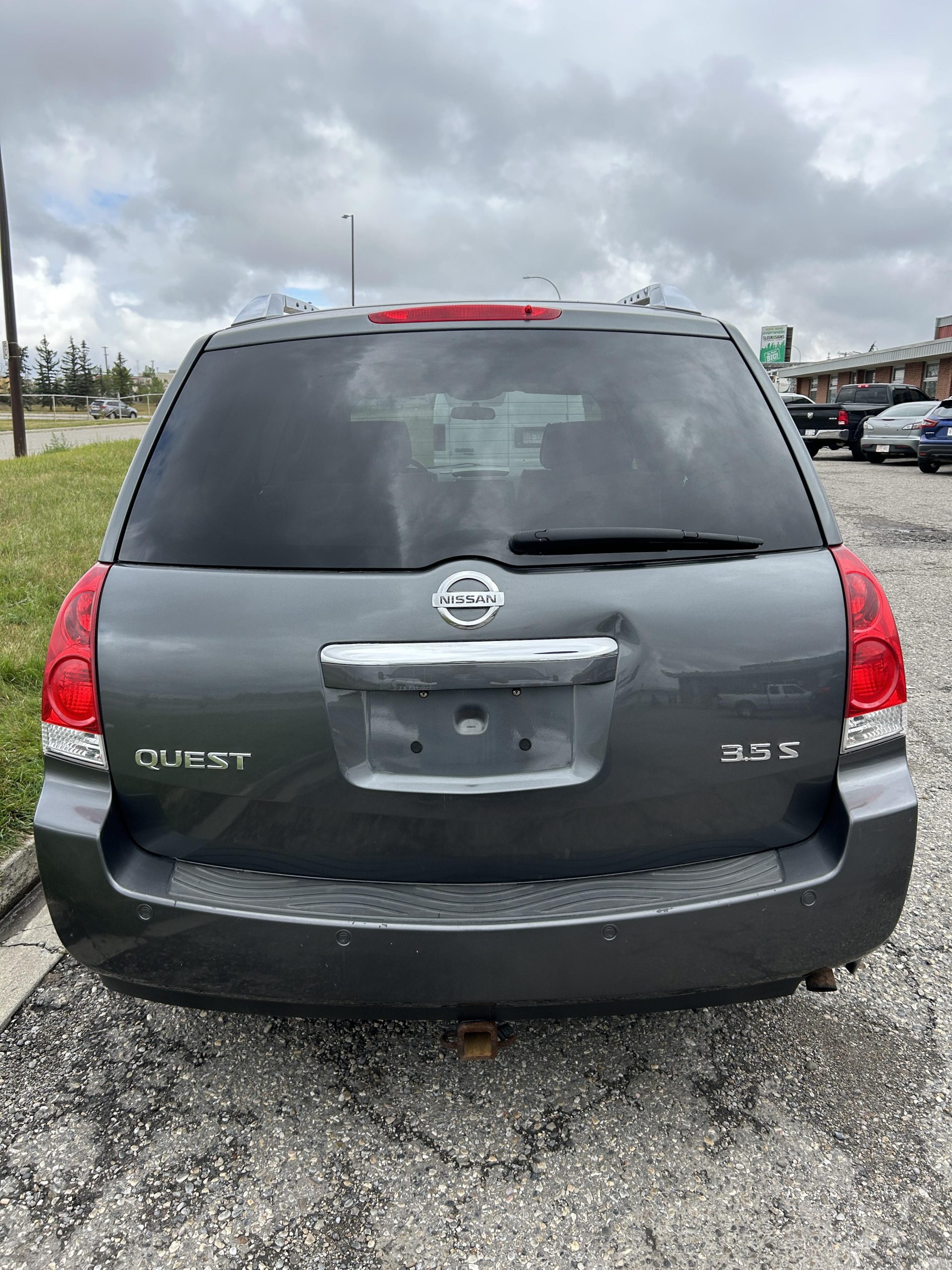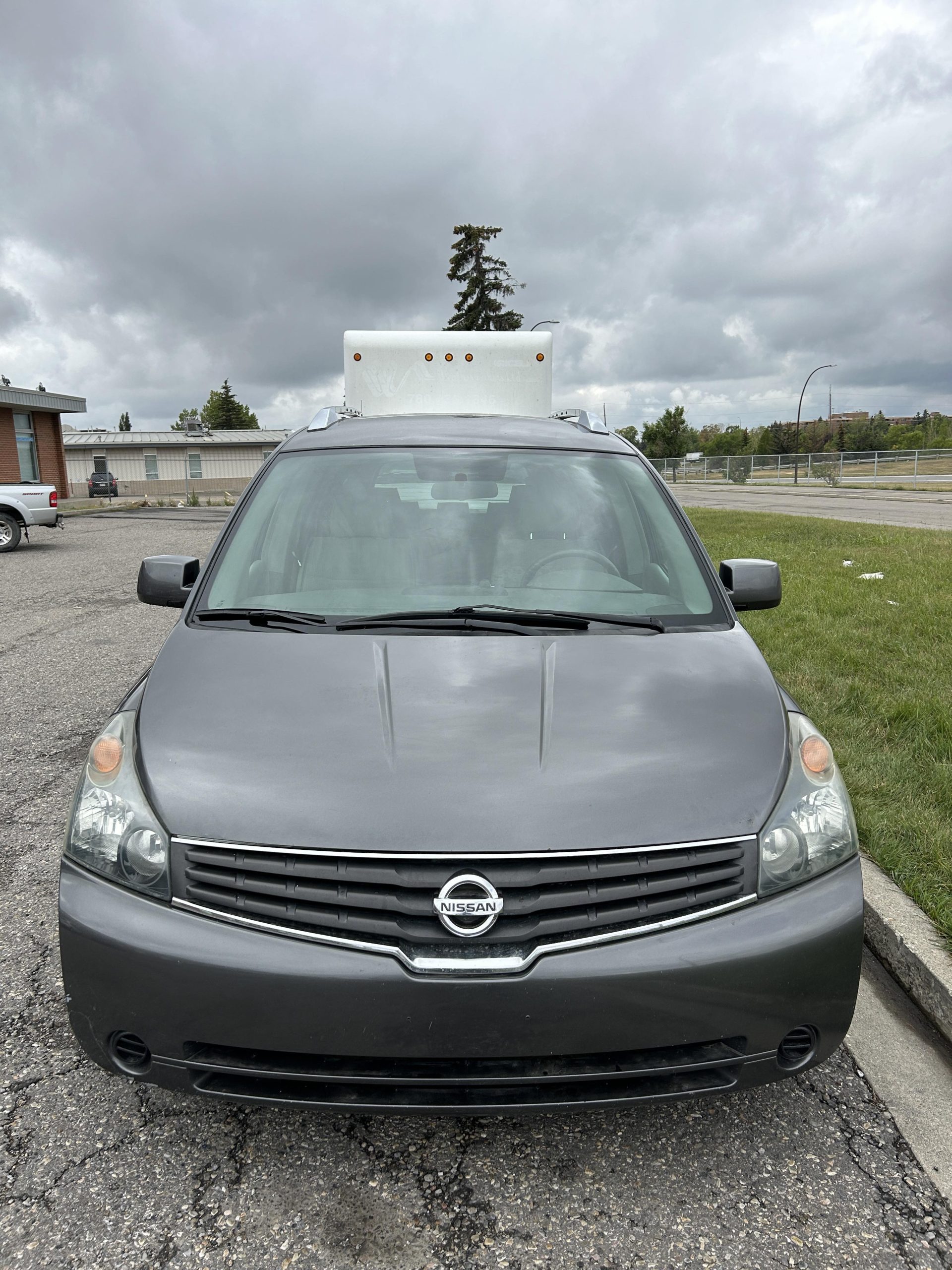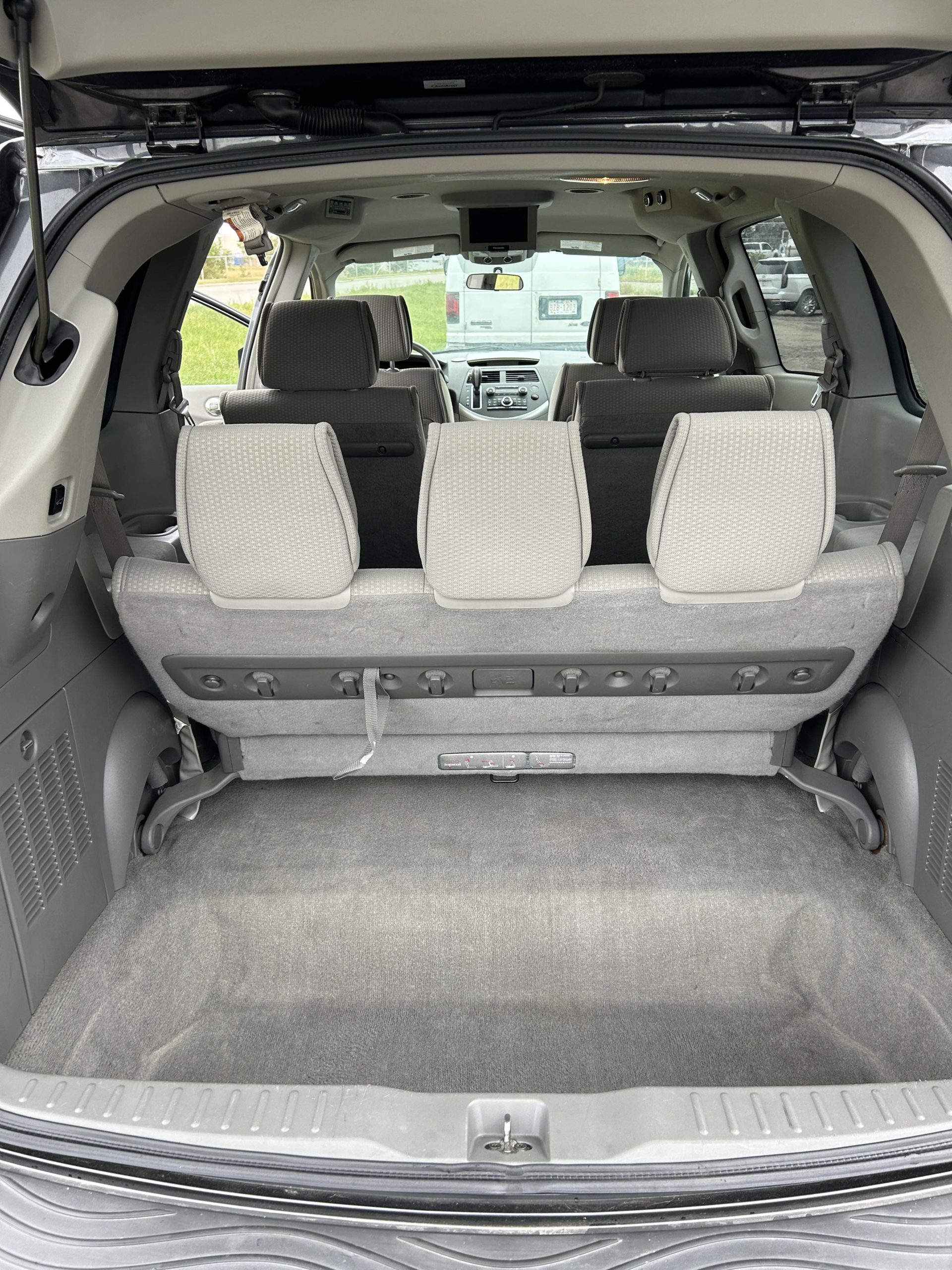Development began in 1999 on the V42 alongside a proposed Ford replacement. In 2000, decisions were made by Ford and Nissan to abandon the joint venture three years earlier than had originally been planned. Both the Windstar and Quest replacements were then in initial development and undergoing the design process. As a result, Ford made plans to build a Mercury variant on the Windstar (WIN-96) successor’s platform due in 2003 and Nissan on the Altima and Maxima platform. The design by Alfonso Albaisa was chosen in late 2000, with a concept vehicle being presented in January 2002 at NAIAS as a thinly veiled preview. Design patents were filed on December 27, 2002 and registered under D483,297 on December 9, 2003. The production third generation Quest was unveiled for the 2004 model year at the 2003 North American International Auto Show using the Nissan Altima and Nissan Maxima platform, Nissan’s FF-L platform, in a package slightly longer than the Chrysler long-wheelbase minivans. Production was moved to a new plant in Canton, Mississippi and started on May 27, 2003.
The Quest is powered by the 3.5 L VQ35DE engine from the Maxima, Altima, and others. The 2004 Quest recorded a 0-60 mph acceleration time of 8.8 seconds. In the Quest, it produces 240 hp (179 kW) and 242 lb⋅ft (328 N⋅m) of torque. The Quest has a flat folding rear bench and the two middle chairs fold nearly flat into the floor. The interior volume is 211.9 cubic feet (6.00 m3). Its appearance shows many similarities to the Renault Espace which appeared in 2002.
The third generation Quest features an unusual moonroof glass arrangement with separate panels above each passenger with individual retractable sunshades, while the roof above the passengers accommodates 2 DVD screens with auxiliary input plug, when the VHS shaped IWCC Xl system was discontinued. Also featured in the SE model were side front airbags, curtain airbags for all rows, VSC (Vehicle Stability Control), Traction Control, dual rear power sliding doors and power rear hatch, Bose audio with RDS and folding second row seats, dual climate control, and rear backup sensors. Nissan redesigned the front grille and the dashboard for the 2007 model. They also moved the DVD player from under the front passenger seat to the instrument panel stack.
Production of this generation Quest ended after the 2009 model year, with Nissan stating that the automaker needed room at the Canton plant for production of a commercial vehicle based on the Nissan NV2000 concept.







